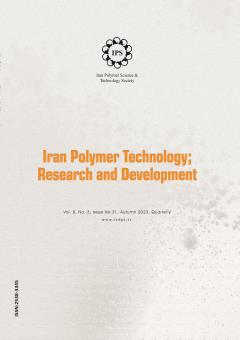-
-
List of Articles
-
Open Access Article
1 - A review of the use of rheology in the industry of producing propellants based on nitrocellulose polymer
Mahmoud Heydari -
Open Access Article
2 - MOFCOF composites a review of synthesis methods and applications
Milad Ghani Marziyeh Kavian -
Open Access Article
3 - Shape memory polymers: Structure, mechanism, functionality, and applications
Hamidreza Haydari Marziyeh Hosseini -
Open Access Article
4 - A Review on the Mechanical Properties of Carbon Nanotubes Reinforced Polymer Composites
Ahdieh Amjadi Fereshteh Barragh Jam -
Open Access Article
5 - Investigating the Particle Size of Chitosan-Based Drug Carriers for the Release of 5-Fluorouracil Antitumor Drug
Mohammad Hossein Karami Majid Abdouss Mandana Karami -
Open Access Article
6 - Polymer metal-organic framework (PolymerMOF) hybrids and composites synthesis techniques and applications
Mohsen Sadroddini Amin Alamdari
-
The rights to this website are owned by the Raimag Press Management System.
Copyright © 2017-2025







